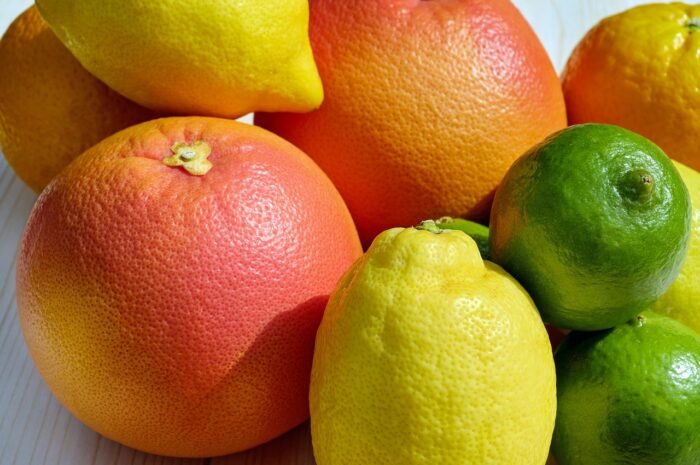The 2018-19 California citrus crop looks like it will be larger than last year, but there will likely be some issues with sizing, according to an industry body.
California Citrus Commission president Joel Nelsen told Fresh Fruit Portal that it seems Navel oranges would be most heavily affected by a higher proportion of smaller sizes in the wake of the heat wave this summer.
But overall he said the season was shaping up well, with good fruit flavor and exterior quality expected across the board.
The first harvests will likely start this week, and initial volumes to be available in the market for Halloween in late October.
“The big issue for us this year is there seems to be more smaller-sized fruit,” he said.
“So that fruit 88s and smaller are going to be more difficult to market – we’re going to have plenty of 56s, 72s … but everything is shaping up well. The external quality looks good, and all the summer heat should bring us good flavored fruit, so there’s room for optimism.”
He said the smaller sizing could be across all citrus types this season, but as yet it was unclear.
“I know up in the San Joaquin Valley we’ve got an excellent crop of lemons, I know the mandarin fruit looks pretty good right now from a size perspective … So I think it’s mainly been the Navel oranges that’s been affected.”
He also pointed out that there has been plenty of surface water growers could access this year.
Timing-wise the season is running a little bit later than last year, with a lack of cold nights slowing color development.
“You can’t be picking green fruit when it comes to citrus. We haven’t had that many cold nights, so it’s all up to Mother Nature now,” he said.
The mandarin harvests should start around the same time as the Navel harvests, beginning with Satsumas, then moving onto Clementines and Murcotts.
While the U.S. Navel market is reported to be relatively healthy at the moment, a recent market report by Capespan North America noted the easy peeler market was much slower, with an abundance of Chilean mandarins available.
“We’ve seen an explosion of offshore imports into our domestic market and the pricing is chaotic. One could almost argue there has been some dumping in terms of price,” Nelsen said.
“There is an oversupply situation, and it’s difficult for the domestic producer to push back on that because our costs are generally more expensive than what the offshore producer has in terms of cost.
“But we think that with our consistent quality, meaning both flavor and exterior quality our fruit will knock that stuff off the store shelves.”
Source: www.freshfruitportal.com
Related News & Updates
Become a Member
Join AHT
We’re the peak industry body for Australian Horticulture Trade. Joining AHT helps us advocate for you & the greater good of the industry.
Benefits OF joining
- Representing you, monitoring developments and potential threats to imports & exports
- We work on your behalf on solutions & opportunities to facilitate and maintain trade
- Be kept up to date with important issues affecting horticultural imports & exports



